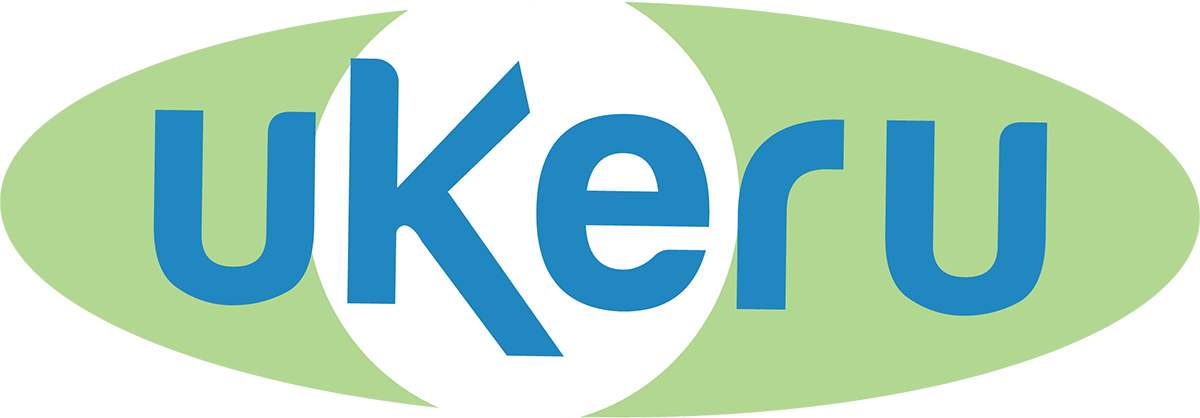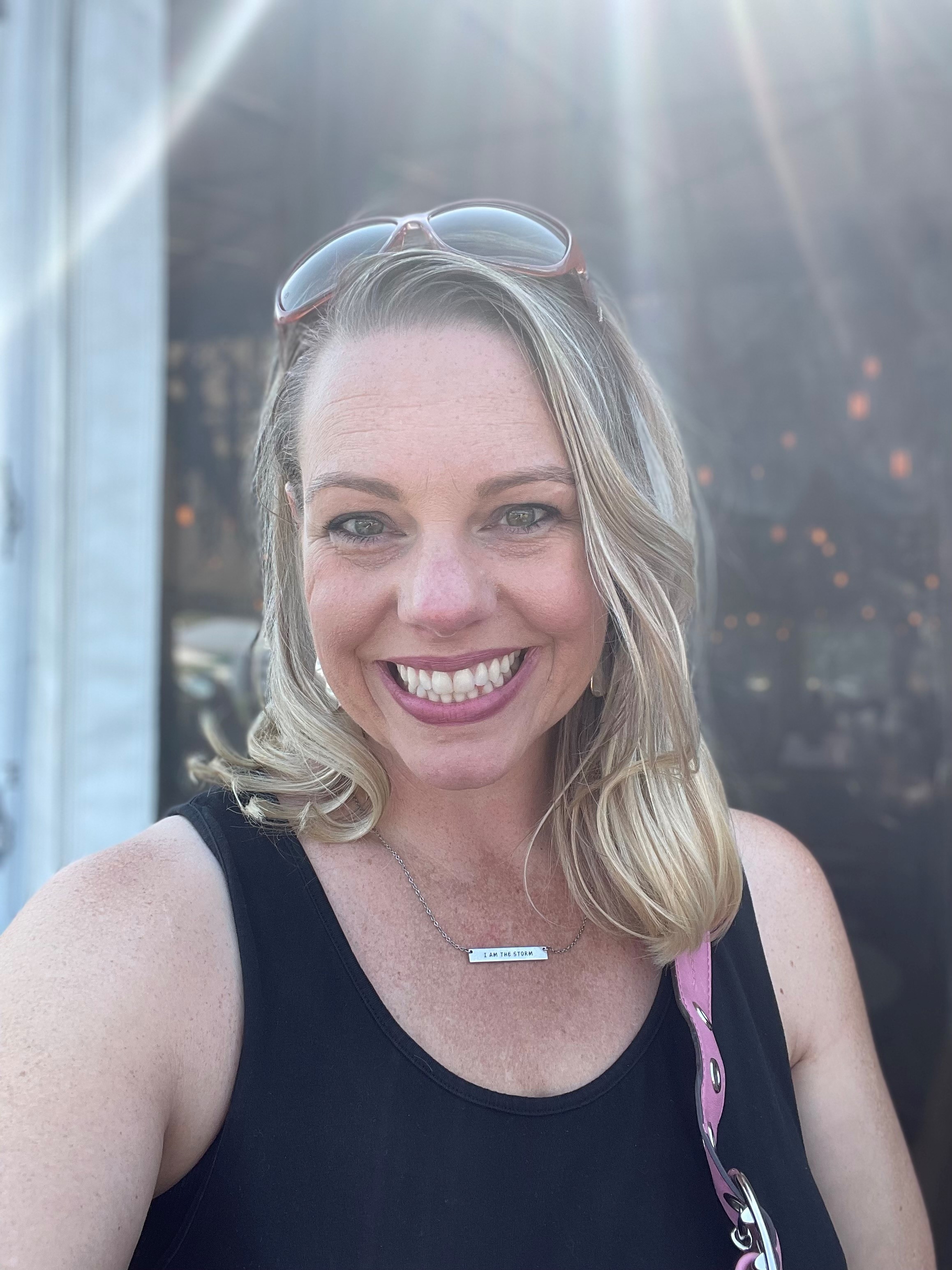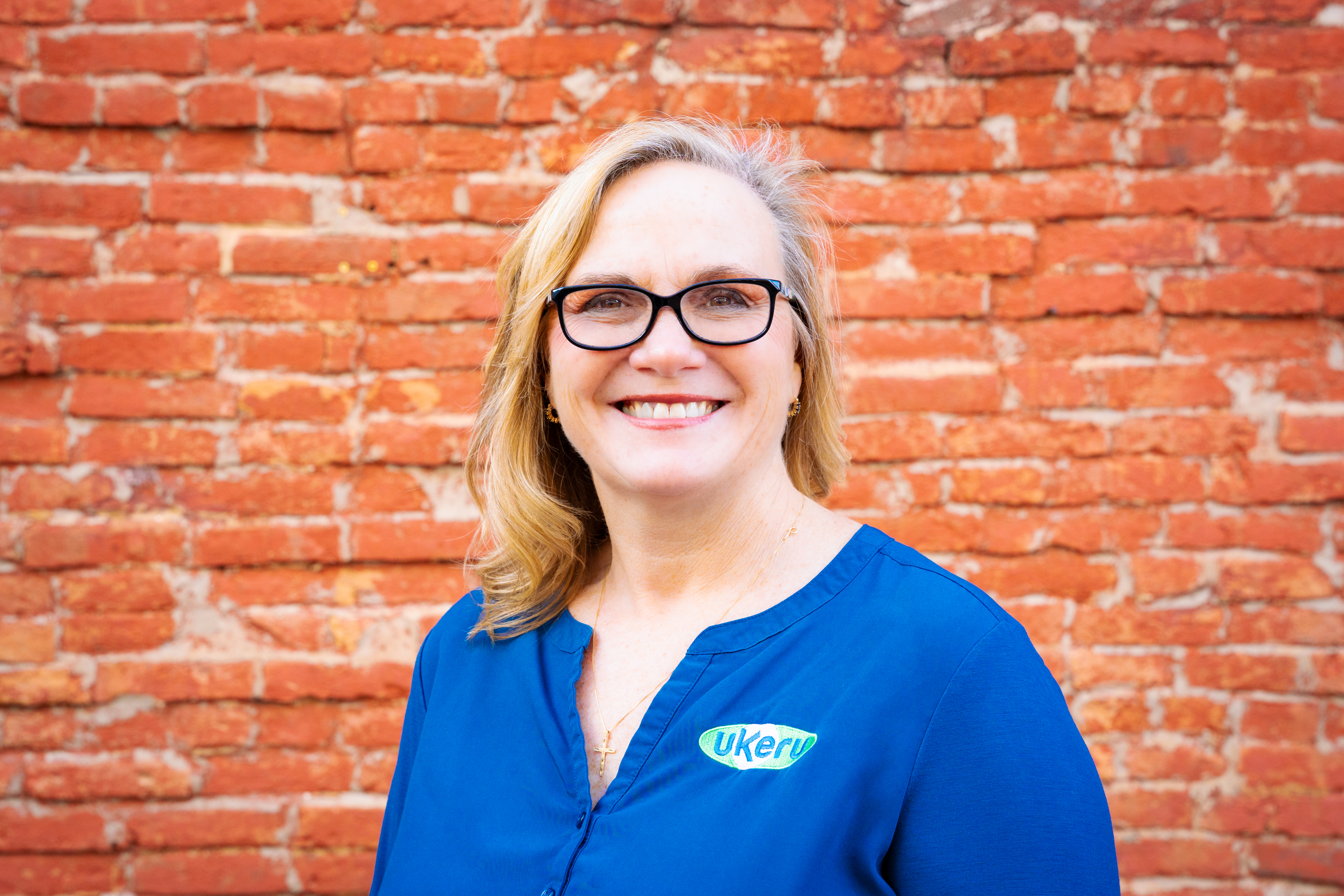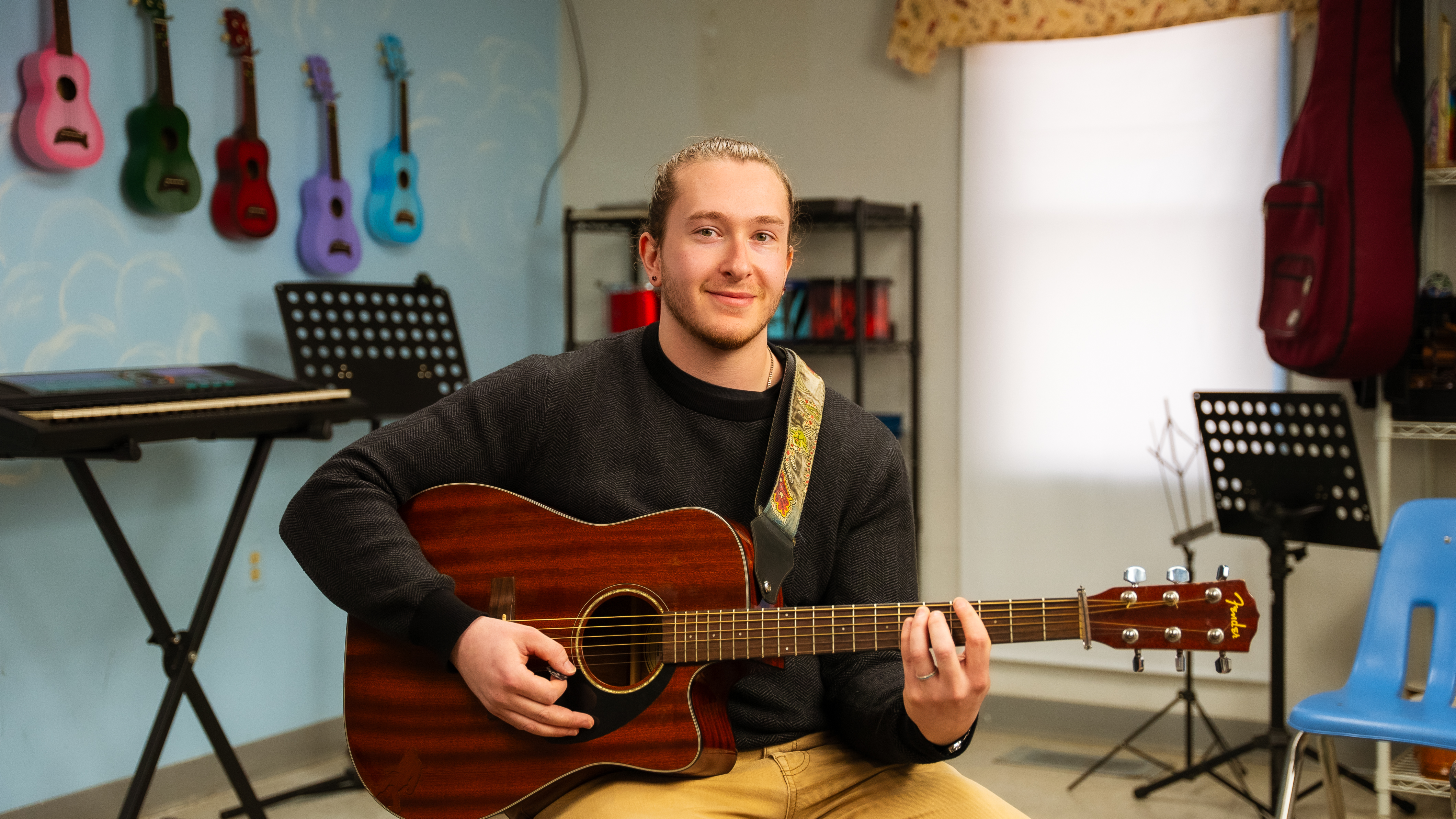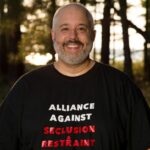
Whenever we come across people who are passionately working to create needed change in systems that affect lives, we love to celebrate and shine a light on them! Guy Stephens is someone who we’ve featured before in a Spotlight Interview and Webinar. He is a father and an advocate for trauma-informed treatment; seeking to change the historical dependency on restrictive practices like Seclusion and Physical Restraint.
Ukeru has grown considerably since 2019 when Guy was last featured, so we want to take the opportunity to reintroduce Mr. Stephens and his great work to any and all! When Guy entered the advocacy world, he was a dad like any other. He has now emerged as one of the most recognizable figures and opponents to systematic mistreatment via the Alliance Against Seclusion and Restraint. We consider him a colleague, inspiration, and friend.
We recently talked to Guy to catch up and learn more about what he sees as the future of his organization, the Alliance Against Seclusion and Restraint.
Q: How did you get involved in raising awareness about the dangers of restraint and seclusion?
Unfortunately, I got involved in this issue due to a personal experience. My son was subjected to restraint and seclusion in two public schools in Maryland. The first time I heard the terms “restraint” and “seclusion” in a school context, I was a bit shocked. I would never have imagined that kids are sometimes restrained and secluded in school settings until it happened to my son. The first time it happened to my son, he was just six years old. He didn’t want to come in after recess, and he was physically restrained and carried into the school, where he was put into an empty office. It was very traumatic. School staff never said he had been restrained or secluded, nor did they report it as our state requires. It happened again about four years later when he was in the fifth grade. A teacher he had been working with for a couple of years was involved in a car accident and could not return to school. This teacher was a significant person to my son, and when she was unable to come back to school, he began to have difficulties. He was becoming overwhelmed and had no one to help him. On two occasions, he eloped and hid in a bathroom. He was physically restrained, dragged down a hallway, and placed into an empty classroom, again restrained and secluded when he came out of the bathroom. These two instances were so traumatic that he was afraid to return to school, and we homeschooled him for the next two years.
Q: How did he do with homeschooling?
We never intended to homeschool him, but we felt it was our only choice when he was afraid to go back to school. Fortunately, we were in a position where we could make it work, but it is not something that might be an option for all families. We found a good curriculum, and he did very well overall. Not to say every day was easy, it can be challenging to be a parent and a teacher. My wife was doing most of the work, and some days were challenging. However, overall he did very well. We did this for two years before he decided we wanted to go back to the public school.
Q: Did your son go back?
Yes, in the Spring of 2018, my son decided he wanted to go back to school. He wanted to be with his friends. While we had some reservations based on our previous experience with the public school, we supported his choice. We had to have him re-evaluated and qualified for services under an individualized education plan (IEP). We worked with the teachers and school administration to ensure that what happened before did not happen again. In the Fall of 2018, he officially returned to the public school system. Unfortunately, it was not long before things started going wrong. Over 15 days in his new school, he was restrained and/or secluded at least four times. We think it may have happened more times, and the school only officially reported two instances. On his last day at the school, there was a particularly traumatic instance of restraint and seclusion. Sadly we were again back at a familiar place; he was afraid to return to school. I knew what had happened to him should never have happened. I promised my son that I would do everything in my power to make sure it didn’t happen to him again. Then I began doing research. I wanted to understand why this was happening to kids and the impact.
Q: What did you learn about in your research?
Initially, I wanted to understand why this was happening, who it was happening to, and the impact. I began looking into the primary scientific literature, data, policy, and law – anything I could to better understand the issue. The first thing I found was who was impacted. Most often, it is students with disabilities that are restrained and secluded in schools across the nation. In fact, according to data from the Office of Civil Rights, 80% of all restraints and 77% of seclusions involve students with disabilities.Beyond that, we know that Black and brown students are disproportionately restrained and secluded. If you dig deeper, it is very young children (5,6,7, and 8 years old), and it is more likely to be done to children with a trauma history.
When it comes to impact, kids are traumatized, injured, and even die being restrained and secluded. When it comes to why this is happening, it is often done in the name of behavior. Despite guidance from the Department of Education, kids are restrained and secluded for noncompliance, disrespect, minor behaviors, and property damage. Restraint and seclusion are meant to be crisis management interventions but are commonly used to control behavior.
Armed with knowledge, I began to advocate for change. My journey started with advocating for change within our local school system.
Q: Was the school system willing to listen to you?
In December of 2018, a report went to the Maryland General Assembly with data from school districts across the state on the use of restraint and seclusion. After analyzing that data, I realized that my school district used seclusion and restraint at a far greater rate than other districts. When I first brought the issue to the local Board of Education, it seemed that most of the members had no idea about the issue. My son’s story was published on a couple of local news websites. I also reached out to several disability rights organizations. I asked that they contact our Board of Education with their concerns about the high usage of seclusion and restraint in the district.
The Superintendent agreed to form a committee to investigate the issue, and I was invited to participate. The committee discussed the problem and possible solutions. Over several months we made policy and training recommendations. While it was not without bumps in the road, we were ultimately able to pass a new policy and incorporate new training, including Ukeru, which helped the district significantly reduce the use of restraint and seclusion.
Q: When did you hear about Ukeru?
In the Spring of 2019. I was looking for alternatives to restraint and seclusion. I found Ukeru through a web search and reached out via email for more details. Kim Sanders responded to my email, and we scheduled a phone call. I’ll never forget that first call. Kim was kind and empathetic, she understood what we were going through with my son. That first call was probably an hour long. She shared with me the story of how Ukeru was developed and offered any help and support.
Q: You were doing all this advocacy while working a full time job?
I never intended to start an organization to advocate for the civil rights of children. When this happened to my son, I worked full-time for a university. Over the last three years, I have maintained a full-time job while also working as the Alliance Against Seclusion and Restraint (AASR) Executive Director. About a year ago, I realized that this was not sustainable, having essentially two full-time jobs. I have decided to resign from my position with the university so that I can spend all my energy on the work of AASR. We are currently looking for grants and funding opportunities to support our work.
Q: What do you want to accomplish at the Alliance?
We want to see the use of restraint and seclusion reduced and eliminated. While our focus began around the use of these outdated interventions in schools, we don’t want to see restraint and seclusion used in hospitals, congregate care, behavioral health programs, elder care, or anywhere else they are used. We are looking more broadly at the underlying issues. It is not just about restraint and seclusion, but rather about all the things being done to children and youth in the name of behavior. Behavior is communication. However, in many settings, rather than focusing on what the behavior is attempting to communicate, the focus is on compliance and control. We need to shift away from punitive mindsets and focus on how we can better support children and youth that need our help. We want to help schools and other facilities move away from behaviorally focused approaches to trauma-informed, neuroscience-aligned, and relationship-driven practices.
